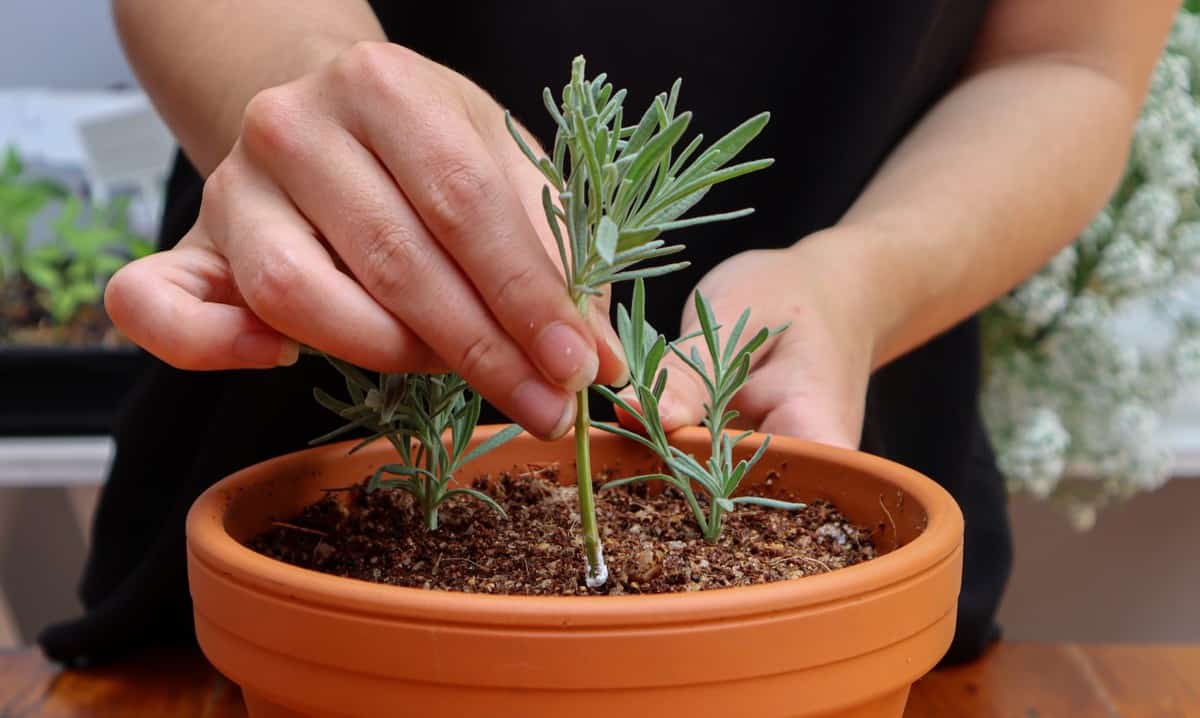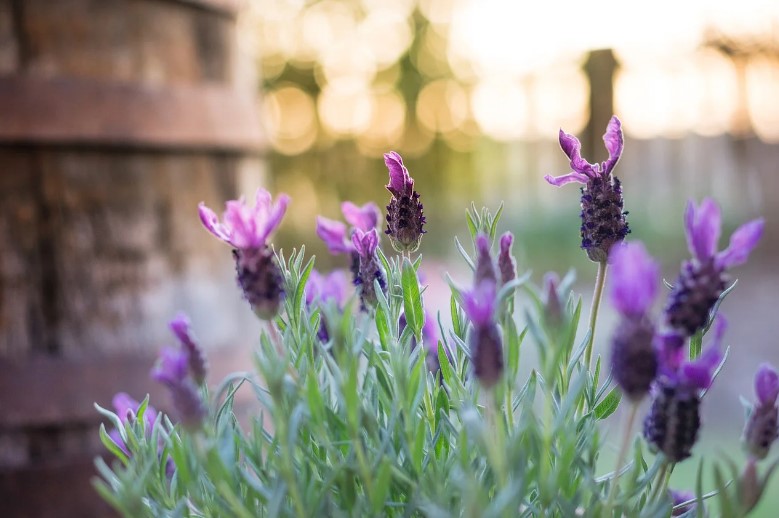Lavender, with its fragrant blooms and soothing aroma, is a delightful addition to any garden or landscape. Whether you’re looking to create a vibrant border along your fence or add a touch of Mediterranean charm to your outdoor space, propagating lavender from cuttings is a cost-effective and rewarding way to expand your lavender collection. In this article, we’ll explore proven methods for propagating lavender that will save you money and yield beautiful results.

The Benefits of Propagating Lavender:
Propagating lavender from cuttings offers several advantages over purchasing seedlings or mature plants. Not only is it a budget-friendly option, but it also allows you to:
- Control Quality: By propagating lavender from cuttings, you can ensure that you’re starting with healthy, disease-free plants that are well-suited to your growing conditions.
- Expand Your Garden: Propagating lavender allows you to multiply your existing plants, giving you more flexibility to design and enhance your garden or landscape.
- Preserve Varietal Characteristics: When you propagate lavender from cuttings, you can preserve the unique characteristics and traits of your favorite lavender varieties, ensuring consistent growth and performance.
Proven Methods for Propagating Lavender:
- Softwood Cuttings: In late spring or early summer, take 4-6 inch cuttings from the soft, green stems of healthy lavender plants. Remove the lower leaves, dip the cut end in rooting hormone, and plant the cuttings in well-draining soil or a mix of perlite and vermiculite. Keep the cuttings consistently moist and provide indirect sunlight until roots develop.
- Hardwood Cuttings: In late summer or early fall, take 4-6 inch cuttings from the woody stems of established lavender plants. Remove the lower leaves, dip the cut end in rooting hormone, and plant the cuttings in a gritty, well-draining soil mix. Place the cuttings in a sheltered location with indirect sunlight and keep the soil consistently moist until roots form.
- Division: Divide mature lavender plants in early spring or late fall to create new plants. Carefully dig up the plant and separate the root ball into smaller sections, ensuring each division has healthy roots and foliage. Replant the divisions in well-amended soil and water thoroughly.
- Layering: In early spring, select a low-growing lavender branch and gently bend it down to the ground. Remove a small section of bark from the underside of the branch and cover it with soil. Anchor the branch in place with a small stone or piece of wire. Keep the soil consistently moist and wait for roots to develop before severing the branch from the parent plant.
Conclusion:
Propagating lavender from cuttings is a simple and cost-effective way to expand your lavender collection and enhance your garden or landscape. By following these proven methods for propagating lavender, you can enjoy the beauty and fragrance of lavender along your fence or in your garden without spending unnecessarily on seedlings. Experiment with different propagation techniques to find the method that works best for you, and soon you’ll be surrounded by a thriving lavender oasis that delights the senses and brings joy to your outdoor space!










